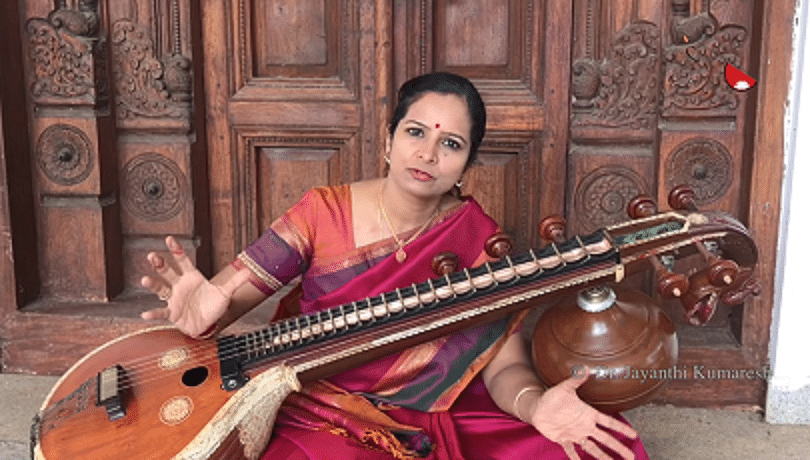
The advent of private FM radio, with its aggressive, round-the-clock peddling of commercial film music, has impoverished the musical tastes of many now growing into adulthood.
The first private FM channel came to Bengaluru in 2001. Many followed, and the city now boasts 12 channels. One of them, Jnana Vahini, broadcasts lessons for distance education. Radio Indigo plays music in English. Six channels play Bollywood music, with five of them playing nothing else. Rainbow, AIR’s FM channel, offers more varied programming, with a combination of music and RJ-ing in Kannada, Hindi and English.
With All India Radio losing its monopoly, its philosophy of promoting the country’s classical music (alongside film music) has given way to a profit-driven approach to programming, with the listener being treated solely as a potential buyer of products and services. Private FM has no interest in combining classical culture and education with entertainment.
Thanks to AIR, earlier generations got to hear a diversity of music. Lok Sangeet, an hour of folk music, aired in the afternoon. The weekend National Programme of Music provided a leisurely canvas for the greatest classical musicians. Only AIR plays Indian classical music on FM today: its Amritavarshini (100.1) is a dedicated channel going on air in the morning and evening hours. (One wonders why AIR can’t make it 24/7: its archives are fantastic and can surely sustain such an effort. And in the digital era, it can’t be so difficult to prepare playlists for RJ-free airing.)
India prides itself on two rich classical streams, and a prolific variety of non-film music (bhavageete, sugama sangeeta, ghazal, qawwali, Rabindra Sangeet, not to speak of mix-and-match genres created by young bands with Western and Indian influences), but a majority of millennials — as marketers like to call those born since 2000 — have heard very little beyond Bollywood hits.
So where does that leave those who are curious? Here are some books and videos that help those looking for initiation.
Cup O’ Carnatic byJayanthi
Dr Jayanthi Kumaresh, the distinguished veena player, hails from the Lalgudi tradition, and lives in Bengaluru. She is now presenting the second season of her video series Cup-o-Carnatic, which you can catch on YouTube. Each video is about three minutes long, and explains one aspect of Carnatic music. Jayanthi speaks in English and demonstrates on the veena, and her narrative avoids musicological terminology, and is easy for non-specialists to follow. Her latest episode, for instance, talks about how to identify ragas. Her advice: Ragas are like people. You will need to meet them a couple of times to understand their features and characteristics. Make friends with them and you will be rewarded. Highly recommended to anyone longing for a better understanding of south Indian classical music.
50 Maestros, 50 Recordings
Amaan and Ayaan Ali
This book comes with a CD filled with gems compiled from a variety of sources.
Amaan and Ayaan Ali Khan are twins, and play the sarod, like their famous father Amjad Ali Khan. This book, first published by Harper Collins in 2009, remains in print, and is now available in a Kindle edition too. It provides a quick overview of the greats in the Indian classical music pantheon and is also sprinkled with some candid personal observations.
Amaan and Ayaan play Hindustani music and are intimately familiar with its nuances, but have taken care to ensure Carnatic music is well represented. Each musician gets two to four pages, and is placed in the context of the authors’ own musical discovery. The photographs are an additional attraction. The book, priced at Rs 350, also points in the direction of further listening and exploration.
Sangeeta Samvada by Vaidehi
This book, published by Akshara Prakashana, is perhaps the simplest and most comprehensive introduction to Indian classical music in Kannada. Vaidehi, the well-known fiction writer, transcribed a series of lectures by sitarist
and music composer Bhaskar Chandavarkar and put them
together in a book. He was
invited by K V Subbanna to Heggodu, where he addressed participants of a culture camp over three days. The book also covers the aesthetics and conventions of Hindustani and Carnatic music.
Shruti by Sandeep Bagchee
andeep Bagchee, who wrote Shruti, describes Indian classical music as a cultivated taste. “The more one listens to it, the more one likes it,” he says, as he goes on to provide a listener’s appreciation of an art that has “evolved over the past fifteen centuries.” He admits Indian classical music will never command a mass audience as popular music does, and says his book is for those who have a taste for it but not the opportunity to study it. His book focuses on Hindustani music, explains genres such as dhrupad, kayal, thumri and tappa, and the stylistic variations among the gharanas (styles). Published by Rupa and Co, the book is a useful listener’s guide to Hindustani music.